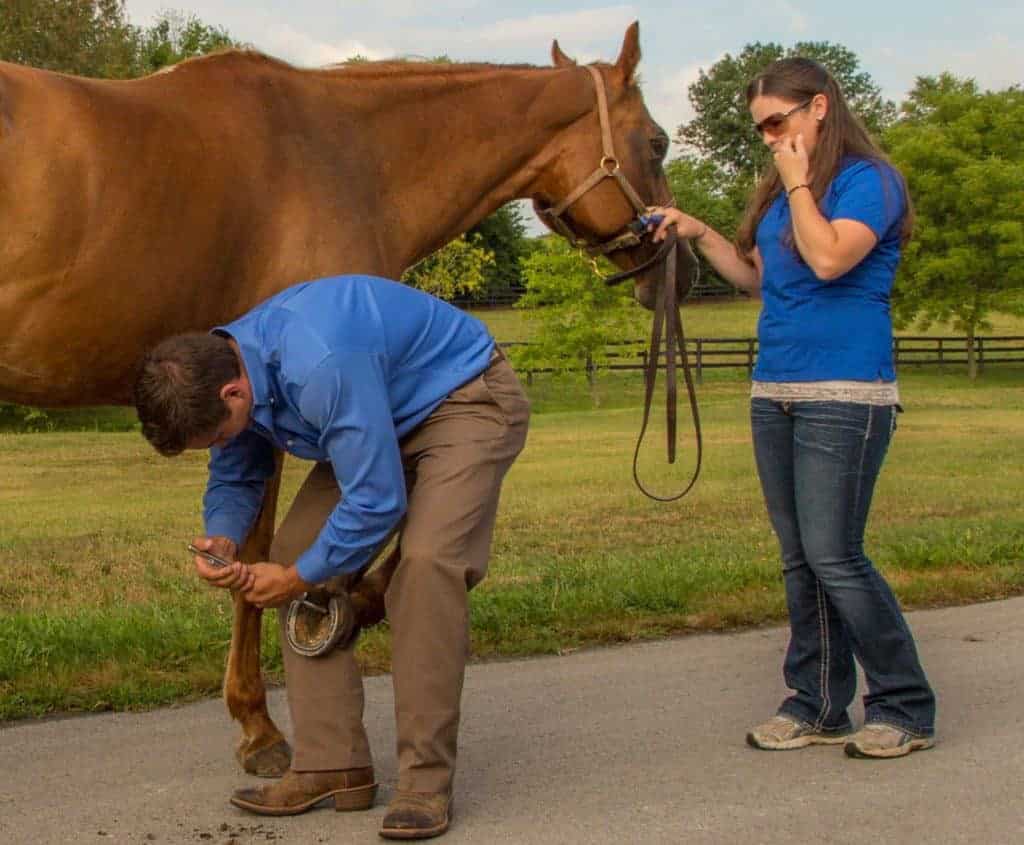
The Road to Recovery: Rehab for the Horse’s Upper-Body
In the first of this two-part series, we’ll explore full-body rehabilitation options, from the horse’s head to tail.

In the first of this two-part series, we’ll explore full-body rehabilitation options, from the horse’s head to tail.

Are breathing issues slowing your horse down? Here are some surgical and management options that might help.

Tendons and ligaments are meant stretch and flex. So it must be bad news when hard material forms within them, right? Not necessarily, researchers say.

Regenerative therapies can help horses recover following injury. Download this free fact sheet to learn more about stem cell, IRAP, and PRP therapy use in horses.

Read some of the top tweets and take-homes on topics such as lameness, equine obesity, laminitis, and more from the 2018 British Equine Veterinary Association Congress.

Find out how equine researchers are using the latest gadgets and gizmos to diagnose lameness, collect data, and more.

Recent research suggests that bone scans in horses aren’t always accurate in diagnosing causes of lameness and poor performance in sport horses when used alone.

Results from a study on a small population of horses suggest that freezing samples for short periods before testing won’t impact the results.

Scintigraphy gives provides the practitioner with information about some injuries related to bone or soft-tissue connections to bone, but it might not reveal many other sources of foot pain, researchers found.

Horse are especially sensitive to endotoxemia. To address the issue, Dr. Stacy Anderson of Lincoln Memorial University, in Harrogate, Tennessee, presents her research on neutrophil apoptosis (the death of cells that occurs as a normal and controlled part of an organism’s growth or development) in horses.

If a horse tests positive for Lyme disease antibodies, does that mean the horse has the disease? Dr. Eric Swinebroad responds.

Equine internal medicine specialist Dr. Eric Swinebroad offers an overview of testing available for Lyme disease.

Two veterinarians share what has remained the same and what’s changing when it comes to diagnosing and treating this frustrating condition, once known as navicular. Read an excerpt from this in-depth article in our July 2018 issue.

Where do we go from here? Find out from Charlie Scoggins, DVM, MS, Dipl. ACT, who’s a fertility clinician at Rood & Riddle Equine Hospital in Lexington, Kentucky.

Researchers found that many horses not diagnosed with neck pain had bony changes in the cervical spine.

Drs. Peter Morresey and James McLeod share regenerative medicine insights from clinical and research perspectives.
Stay on top of the most recent Horse Health news with
"*" indicates required fields